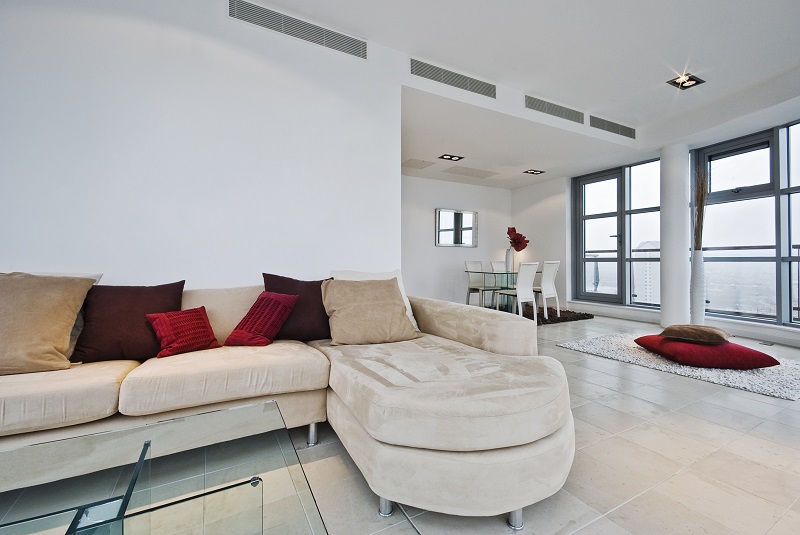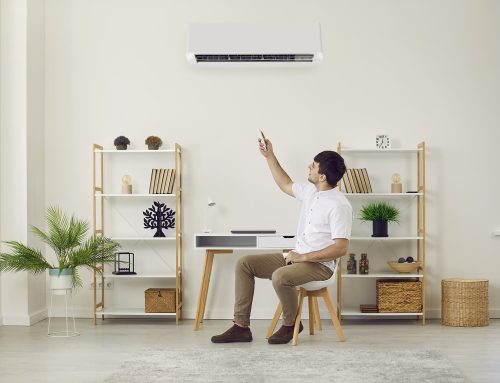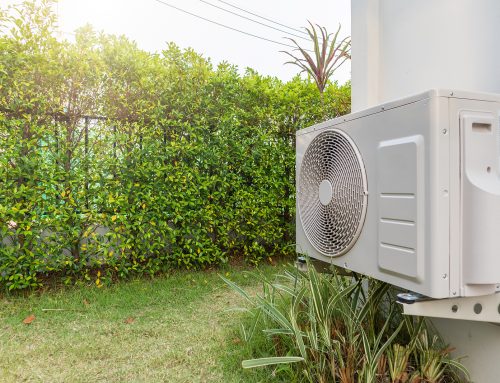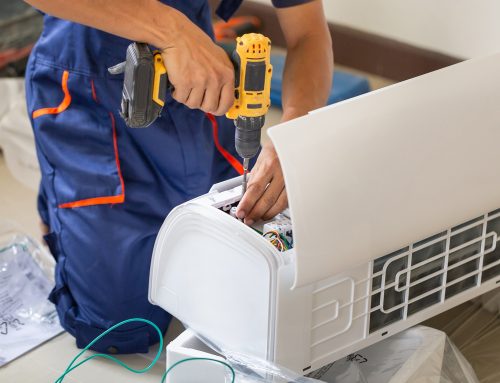How are we able to get such good results for the people of Brisbane? Simple: our commitment to system design and getting you a system that perfectly fits your home!
Whether it’s air conditioning installation for Brisbane’s suburban houses, a retail store or a sprawling office, choosing the right system can be the difference between a pleasant summer and a lot of unnecessary sweating.
It’s important that your system matches your room. Just one question: how do you design an air conditioning system for a room?
It might surprise you to learn how much goes into this!
Let’s start with the most obvious one: room volume
Bigger rooms need more powerful air conditioning and vice versa – really, that’s all there is to it!
That’s why room volume is one of the very first things we look at when designing air conditioning systems for a room.
Whether it’s split or ducted air conditioning brisbane, the first thing we look at when it comes to air conditioning in Brisbane is your room volume. We’ll start by taking measurements and calculating how much volume your room takes up.
As a general rule, each square metre of space in a room with a 2.4 metre-high ceiling requires 150 watts of cooling power.
But what if you have a taller ceiling? Well, that certainly changes things – specifically, it adds an additional 10 watts for every extra 30 centimetres of ceiling height.
Do you have your room measurements? Plug them into our handy online calculator to see how powerful your system will need to be.
Of course, room volume on its own isn’t the only thing that influences how powerful your A/C will need to be…
Room volume is a good start, and it gives us a baseline – however, it isn’t the only thing that affects your comfort (and which therefore affects how powerful your system will need to be).
In addition to room volume, it’s also important that we include all sorts of other factors when choosing the best setup for your room.
Insulation, ventilation and materials
What do all three of these things have in common? Answer: each impacts the amount of heat that makes it into your home.
And that in turn impacts how powerful your air conditioner will need to be.
If you’ve got good insulation, ventilation and your home is made using materials that reflect heat, then you’re good to go. However, if your home has none of these three things, you’re going to need a more powerful system to compensate.
Whenever possible, our air conditioning team will do their best to look at how your property stacks up in terms of insulation, ventilation and materials, as well as whether or not we need to design a system to compensate.
Appliances
What do you use your room for? What appliances do you use?
Depending on the answer, it could end up affecting which type of air conditioning system you go for!
- Computers can generate a lot of heat, driving up the temperature in your home office
- Older TVs can run pretty hot
- Kitchen appliances like stovetops and ovens create a lot of heat
All of these need to be considered when performing air conditioning installation.
Our team considers what the room is going to be used for, as well as the appliances that are involved before selecting a system for you.
Of course, appliances aren’t the only way that a room’s purpose and appliances can affect temperature…
How busy is the place?
Appliances aren’t the only things that generate heat. The human body does as well – 80 watts of heat each hour, to be precise.
And that’s just one person at rest. Now imagine a whole room full of them!
If you’ve ever wondered why it gets so warm when you invite your friends over, now you know why.
When analysing your rooms, we also look at how many people we can expect to be using it at the same time. While bedrooms are smaller, most of the time there’ll only be one or two people using them at once, so you don’t need to go for an extra-powerful system.
By contrast, living rooms and dining areas might need a more powerful solution to cope with all the people that use these areas at the same time.

It all depends on your house
Installing air conditioning systems in Brisbane isn’t a simple matter of bolting something onto your walls and calling it a day – in addition to the factors listed above, we also need to look at the way your home’s designed, and how that could impact temperatures.
Home orientation and windows
A home with a lot of windows and sunlight can make everything a lot brighter. However, it also comes with downsides – namely, it means that your home will get a lot warmer during summer.
It’s even worse if a room faces north. Now, no matter the season, it’ll be absolutely bombarded with sunlight, and all the heat that comes with that.
When designing a system for your home, we look at what direction each room faces, as well as how much sunlight filters in.
If it’s a room that faces north with lots of windows, we might “upsize” your system to compensate for the extra heat that’s bound to come in during summer.
Structural considerations
Not all houses can accept every type of air conditioning system. Ceiling space, wall cavities, materials… all of this needs to be worked around when designing your system.
For example, say you live in a home with a flat roof and you want to supply each room with ducted air conditioning. The thing is, air conditioning ducts simply might not fit at all if there isn’t enough ceiling space to make it work!
In these cases, we might design your system with small-duct air conditioning instead.
For another example, say you’ve settled on a split-system air conditioning unit. Just one problem: our preferred section of wall can’t support a wall-mounted unit.
In this case, we might have to choose a different spot instead, or eschew the wall-mounted system altogether in favour of something like a cassette, floor or bulkhead unit.
House size
If you have a larger house with multiple rooms, then there’s no question that ducted air conditioning is the way to go. Unlike split-system cooling, ducted air conditioning has the power and coverage you’re looking for.
Not only that, but it does all this with a single system, instead of needing to install multiple splits throughout the property.
Expansive zoning means that you’ll be able to control the temperature in individual rooms without affecting comfort levels in other ones.
Of course, it’s also one of the more complex systems out there. When designing ducted air conditioning systems, it’s crucial that our design process accounts for the added complexity these systems come with.
When designing for ducted systems, it’s crucial that each of these factors are accounted for. Thankfully, our in-depth and detailed design process ensures that none of these important factors are overlooked.
The leading team for air conditioning in Brisbane
Your comfort is important – and you can’t maintain your comfort without the right system.
That’s what makes the system design process so important – moreover, it’s also what makes it so important that you choose the right team to look after your air conditioning installation.
Our team takes the system design process very seriously. From beginning to end, your comfort is our number 1 priority.
And it all starts by performing an in-depth inspection of your property, getting a gauge for your cooling needs. Once we’ve taken stock, the next step is to get to work designing a system that addresses each of these issues, and which fits in your home.
All of this requires an experienced, skilled team.
With over 30 years performing air conditioning installation in Brisbane, our team of air conditioning specialists are skilled at designing systems that perfectly fit your needs – not too big, not too small, but just right!
Whether it’s a new aircon installation brisbane, air conditioning service or an emergency repair, you can trust our mobile tech-team to get the job done.
What are you waiting for? Get in touch today on (07) 3394 0222, or click here to get in touch online.
(And – you’ll want to do it quickly, before the warm weather hits us for real and we really get busy!)










